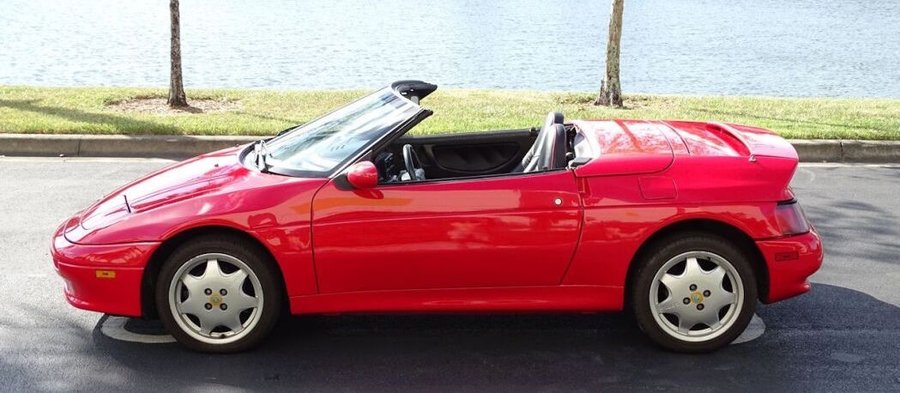Geely's investment in Volvo, and giving Volvo the freedom to do what Volvo knows how to do, propelled the Swedish automaker to another level. This could be the year English automaker Lotus begins the same climb. Late last year, Bloomberg said Geely committed an initial $2 billion to the Lotus renaissance. That number was low, the Financial Times reporting Geely planned to invest billions over the next five years. In May this year, Lotus announced it was hiring 200 new engineers and opening a new engineering center to develop a new range of SUVs, GTs, and sedans that would expand consumer appeal to triple its current annual volume. Sports cars are a vital part of the new mix as well, Autocar citing Lotus insiders for a report that a new Elan convertible sports car has "a strong possibility of being revived in the next few years" as a nameplate.
Lotus made a splash about bringing back the Elan — along with a new Esprit, Eterne, Elise, Elite, and city car — at the 2010 Paris Motor Show. That was a very different Lotus, when Malaysian automaker Proton owned the English outfit and ex-Ferrari marketing honcho Dany Bahar manned the helm. In spite of promises of funding, the team at Hethel lurched through years of corporate drama and dire finances until Geely took over in 2017.
The latest Elan whispers sketch a convertible targeting the Porsche 718 Boxster - Lotus in general has Porsche in its sights. The car pictured above is from the first re-animation of the Elan badge, from 1989 to 1995. A coming Elan would sit above the Elise in the lineup, with more space, amenities, and luxury, at the same time as it would focus on being the lightest and most agile in the segment.
Before that arrives, however, Lotus needs to finish developing the sports car platform that will help carry the brand's new range for the next decade; The Lotus SUV uses Volvo's SPA architecture that carries the XC90 and XC60. CEO Phil Popham's Vision-80 program — which now seeks to grow annual volume not merely triple but six-fold to 10,000 cars by 2029 — will be centered around the multi-material architecture that replaces the Elise and Evora architectures presently employed. Due in two years, the rivet-bonded "alloy-core" chassis will likely include carbon fiber and other advanced materials. Its design will also incorporate updated engine, electronic and connectivity possibilities that can take advantage of Geely group technology such as electronic dampers and modern, in-house infotainment. The plan is to allow each model to fulfill worldwide regulations while at the same time cater to individual market tastes.
Before these platform and potential Elan appear, expect another sports car on the Evora platform that improves ingress, ergonomics and visibility, then the SUV and Evija electric hypercar. And yes, the Esprit is still in the conversation, Autocar writing that the legendary coupe is "also understood to be a long-term goal."
Related News

